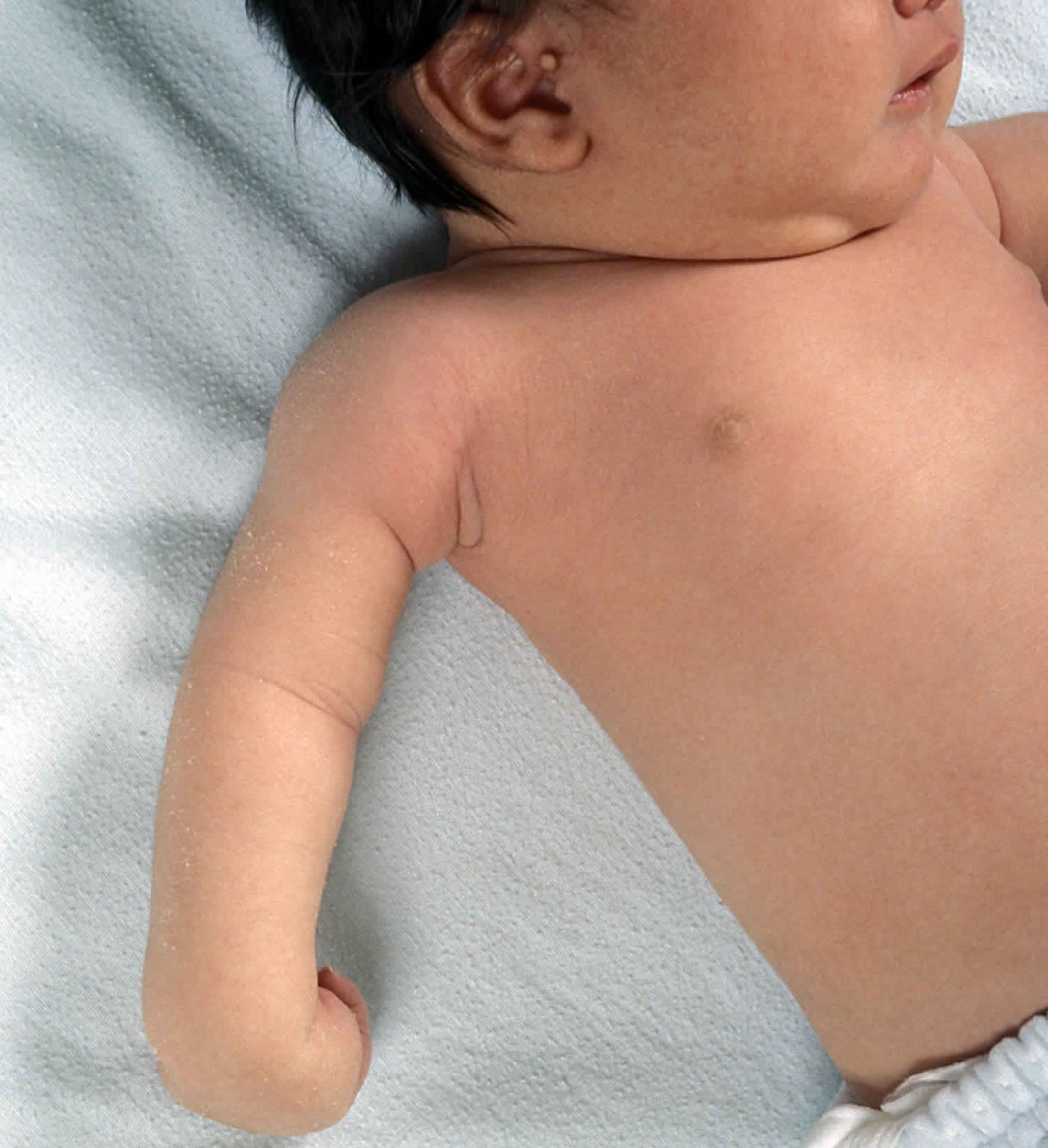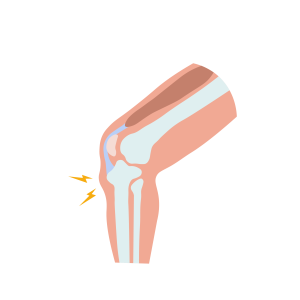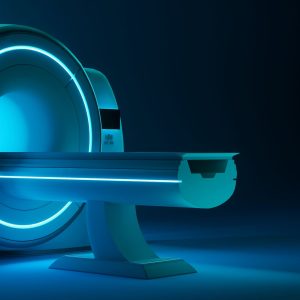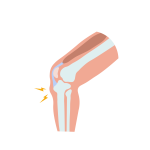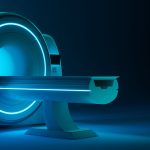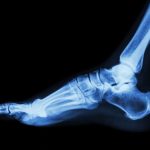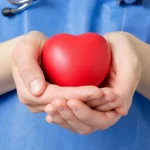The brachial plexus is a network of nerves that sends sensory and motor signals from the spinal cord to the muscles of the shoulders, arms, and hands.
The primary cause of this condition is the stretching of the baby’s shoulder or pulling the baby’s head and neck towards the side during childbirth. The force of uterine contractions and maternal pushing are considered to be sufficient to induce tension on the brachial plexus. The incidence rate of these injuries is approximately 3% of natural births, with an 84% recovery rate, leaving 0.5% of brachial plexus injuries.
Risk factors include:
The likelihood of injury increases in the following cases:
• Breech birth
• Higher-than-average birth weight
• Twin births
• Prolonged or difficult labor
• Assisted delivery using forveps
• Family history of brachial plexus injuries
• Maternal obesity
Clinical symptoms of Erb’s Palsy include:
• Partial or complete loss of movement in the shoulder and upper arm
• Weakness in grip strength
• Arm held in a bent position, towards the body
• Newborns typically do not exhibit signs of severe pain
Diagnosis:
• A thorough clinical examination by pediatric specialists, who may observe limited or abnormal movement in the affected limb.
Imaging tests such as X-rays, CT scans, MRI scans, or nerve conduction studies may also be performed to evaluate muscle and nerve function.
Treatment:
• Most mild cases resolve without treatment within 4-6 weeks.
• Doctors may recommend some simple exercises for the infant’s upper limb to improve its range of motion.
• If symptoms persist beyond 6 weeks, consultation with a neurologist or pediatric orthopedic surgeon is advised.
Physical therapy is sufficient for most newborns affected by this injury.
• Children with severe injuries may require surgical procedures such as nerve transfers, nerve grafting, tendon transfers, or muscle transfers, depending on the severity of the injury.
Parents play a crucial role in the treatment by adhering to the physical therapy program, engaging in exercises with the child, and monitoring changes in their grip and arm function.
Wishing you all good health and well-being.
Dr. Mahdi Abd Al-Sahib
Orthopedic surgeon
